In the vast theater of avian behavior, perhaps none is more spectacular than the phenomenon of bird migration. Every year, millions of birds embark on journeys spanning continents and oceans, navigating with remarkable precision across thousands of miles. Meanwhile, their non-migratory counterparts remain contentedly in their established territories year-round. This striking dichotomy of behavior within the bird kingdom represents one of nature’s most fascinating evolutionary puzzles. From the Arctic Tern’s pole-to-pole marathon to the humble backyard cardinal’s permanent residency, these different survival strategies reflect the complex interplay of ecology, physiology, and evolutionary history. Let’s explore the fascinating reasons why some birds undertake these epic journeys while others stay comfortably at home.
The Evolutionary Origins of Bird Migration
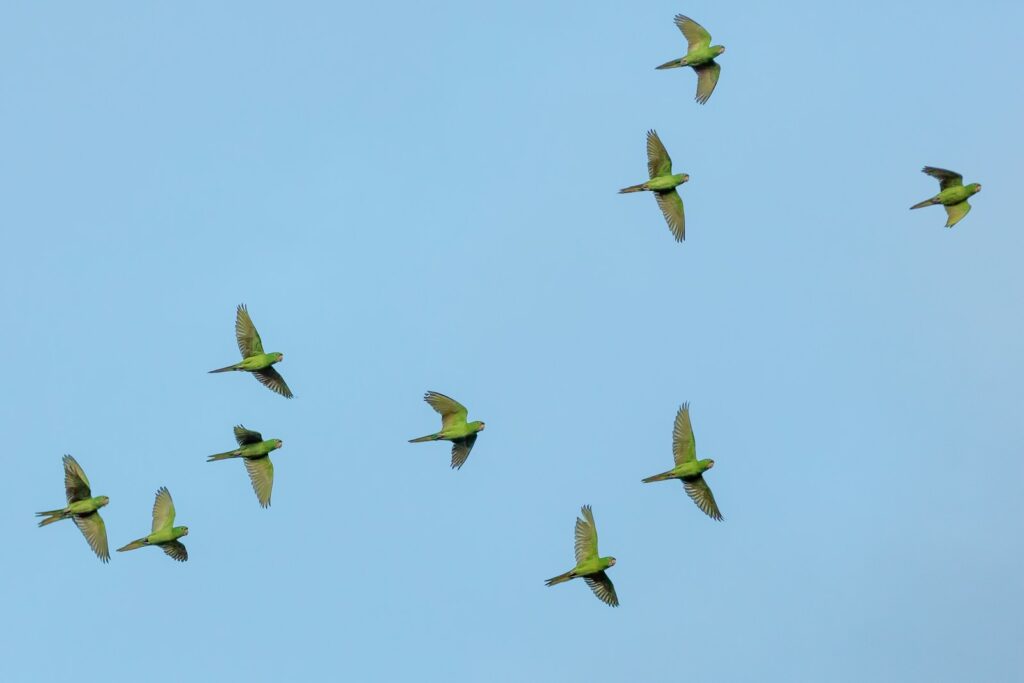
Bird migration didn’t develop overnight but evolved gradually over millions of years as birds adapted to changing environmental conditions. Scientists believe the Ice Ages played a crucial role in shaping migratory behavior, as glacial advances and retreats repeatedly modified habitats and food availability. Species that could move between seasonally favorable areas gained a survival advantage, developing the physiological and navigational adaptations necessary for long-distance travel. Interestingly, genetic studies suggest migration may be the ancestral state for many bird lineages, with sedentary behavior evolving later in some groups. This evolutionary history explains why closely related species can exhibit dramatically different migratory behaviors, with some traveling thousands of miles while their cousins remain in place year-round.
Food Availability: The Primary Migration Driver

At its core, migration is primarily about accessing food resources that fluctuate seasonally. For insectivorous birds like swallows and warblers, the collapse of insect populations during northern winters makes migration not just advantageous but necessary for survival. Fruit-eating birds follow the ripening patterns of their preferred foods across latitudes, while many shorebirds time their movements to coincide with the abundance of marine invertebrates. The Arctic during summer provides an extraordinary bounty of insects and berries under nearly constant daylight, allowing migratory birds to raise young with remarkable efficiency before these resources vanish with winter’s approach. Non-migratory birds, by contrast, have typically evolved to utilize food sources that remain available year-round in their habitats, or they’ve developed specialized adaptations to endure seasonal scarcity.
The Role of Climate and Weather Patterns

Seasonal climate shifts create the fundamental conditions that make migration necessary for many species. The harsh winter conditions in northern latitudes create uninhabitable environments for many birds through extreme cold, snow cover that hides food sources, and shortened daylight hours that limit foraging time. Birds in temperate and tropical regions, where seasonal climate variations are less extreme, often have less pressure to migrate and may remain resident year-round. Climate change is now disrupting these traditional patterns, with some migratory species shifting their timing or shortening their migration distances as winters become milder. Weather systems also play a crucial role during migration itself, with birds often timing their departures to coincide with favorable winds that reduce energy expenditure during long flights.
The Energy Economics of Migration
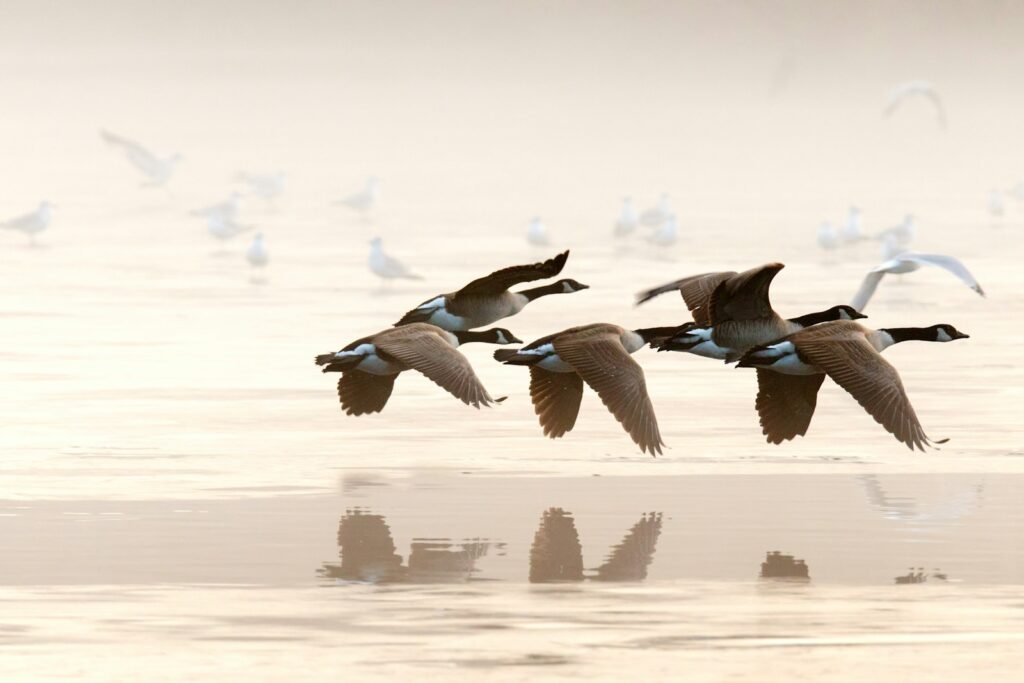
Migration represents a profound energy investment that must yield sufficient benefits to outweigh its costs. Birds preparing for migration undergo remarkable physiological changes, including hyperphagia (excessive eating) to build fat reserves that will fuel their journey. Some species, like the Blackpoll Warbler, can double their body weight before departure and then fly non-stop for up to three days across the open ocean. This massive energy expenditure and the risks of the journey must be balanced against the potential reproductive and survival advantages of reaching seasonal habitats. For resident birds, the energy economics work differently – they invest instead in cold-weather adaptations like increased feather insulation and fat storage, or in defending year-round territories. Their strategy avoids the dangers of migration but requires adaptability to changing local conditions.
Partial Migration: When Some Stay and Some Go
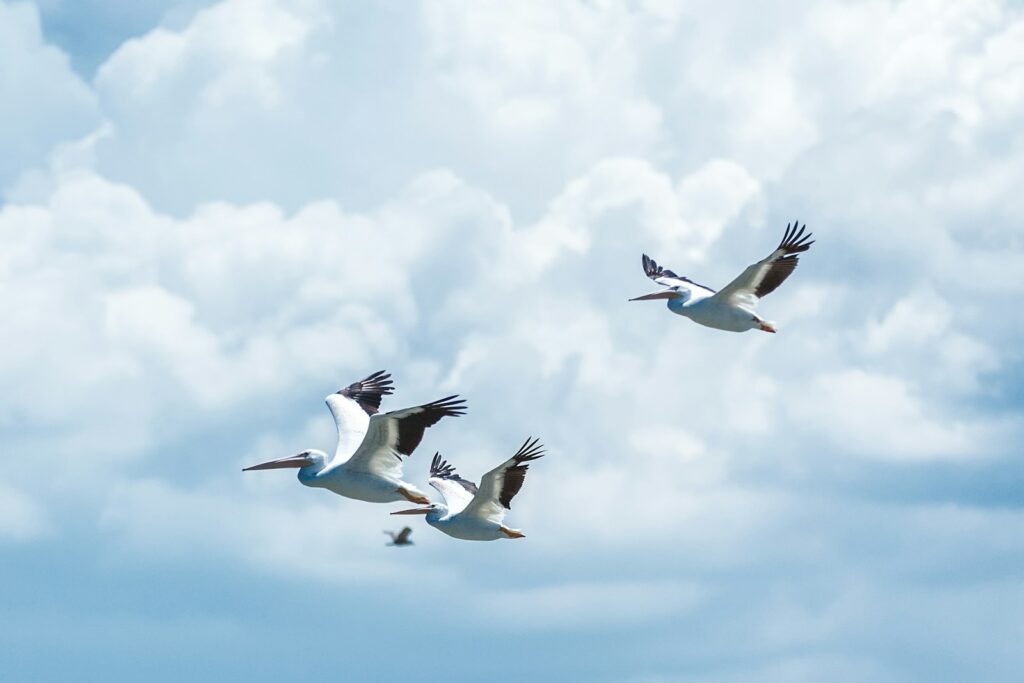
Many bird species demonstrate a fascinating intermediate strategy called partial migration, where some individuals migrate while others from the same population remain resident. In European Robins, for example, birds from the same breeding grounds may make different decisions each winter, with factors like age, sex, dominance status, and body condition influencing their choice. Younger or subordinate birds often migrate while dominant individuals remain to hold premium territories. This flexibility allows species to hedge their bets against environmental unpredictability, with some individuals avoiding migration risks while others escape harsh winter conditions. Studies suggest partial migration may represent an evolutionary transition state between fully migratory and fully resident lifestyles, revealing how these behaviors can shift over time.
The Remarkable Navigation Abilities of Migratory Birds
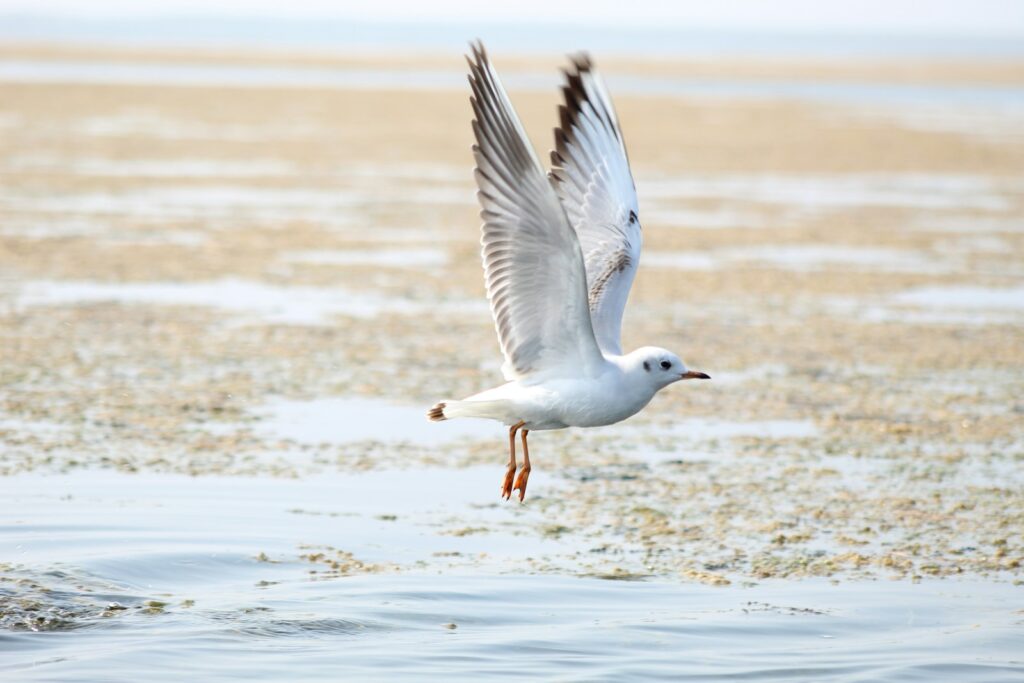
Migratory birds possess an astounding array of navigation tools that enable their incredible journeys. Many species can detect Earth’s magnetic field, effectively giving them an internal compass that works even on cloudy days and starless nights. Star patterns serve as celestial navigation aids for night migrants, while daytime travelers use the sun’s position, adjusted continuously through their internal circadian clock. Some birds appear to recognize landscape features, coastlines, and mountain ranges as landmarks, building detailed mental maps of their routes. Perhaps most remarkably, certain species like the Bar-tailed Godwit can navigate across thousands of miles of featureless ocean to reach tiny island destinations with pinpoint accuracy. These sophisticated navigational abilities represent specialized adaptations not needed by non-migratory species, who navigate only within their familiar home territories.
Geographic Barriers and Their Influence
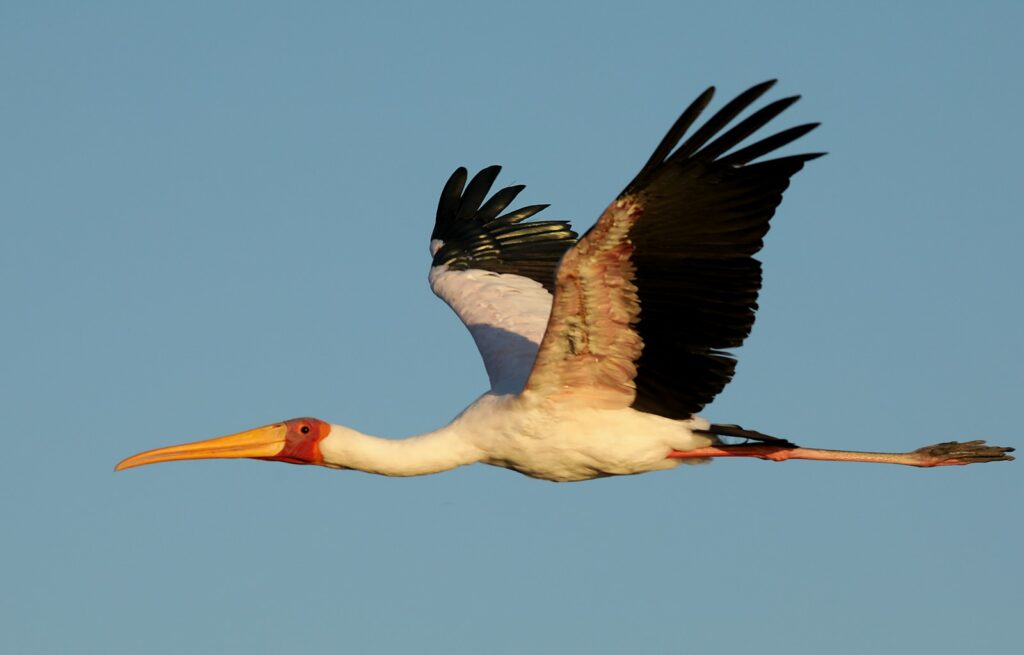
The presence of major geographic barriers significantly shapes bird migration patterns and can influence whether species migrate at all. Mountain ranges, deserts, and large bodies of water present substantial challenges that may deter migration or channel birds along specific routes. Species that evolved in isolated habitats surrounded by such barriers, like many island endemics, often remain non-migratory because the risks of crossing these obstacles outweigh potential benefits. Conversely, birds that evolved with the capacity to cross barriers opened up new migratory possibilities, like the numerous species that traverse the Mediterranean Sea and Sahara Desert during Africa-Europe migrations. Some of the most dramatic migration journeys specifically evolved to overcome geographic barriers, such as the Bar-tailed Godwits that fly non-stop over the Pacific Ocean from Alaska to New Zealand – a journey of over 7,000 miles without rest.
Predation Risks and Safety Considerations

The decision to migrate or remain resident carries different predation risks that influence evolutionary strategies. Migratory birds face heightened vulnerability during their journeys, when they travel through unfamiliar territories and must stop to refuel in potentially dangerous locations. Falcons and other predators often concentrate along migration routes, targeting exhausted travelers. Resident birds, while avoiding these migration dangers, must instead contend with year-round predation in their home territory, developing detailed knowledge of local threats and escape routes. Some resident species have evolved distinctive anti-predator adaptations for winter survival, like the remarkably effective camouflage of Ptarmigans that changes from brown in summer to white in snowy conditions. The balance of these different predation pressures contributes to whether a sedentary or migratory lifestyle offers better survival prospects for a particular species.
The Influence of Habitat Specialization
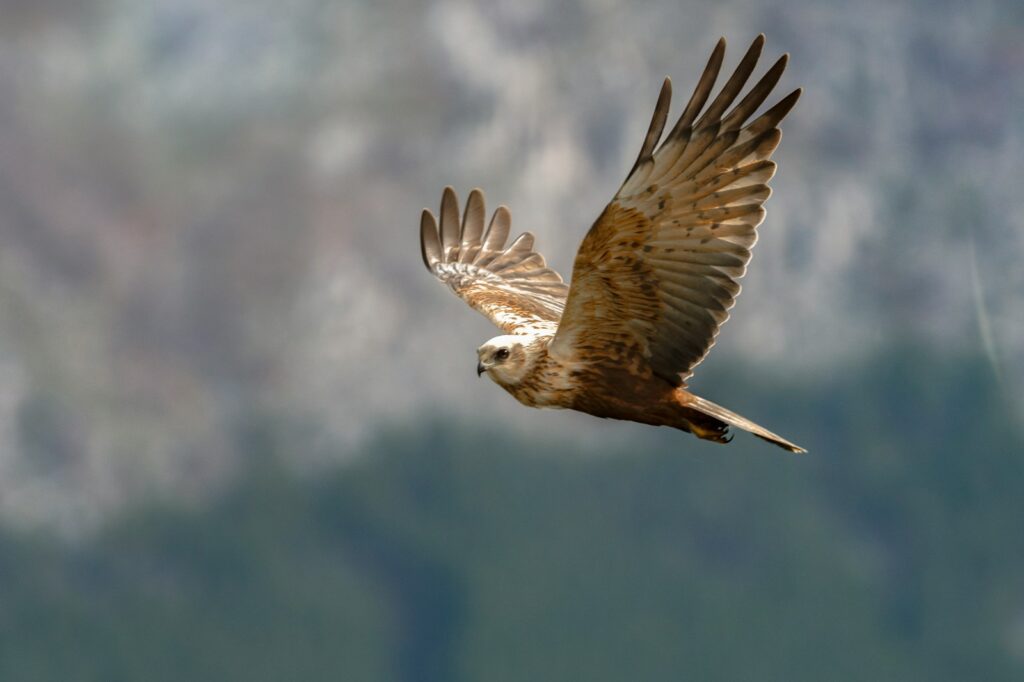
A bird’s degree of habitat specialization strongly influences its migratory tendency. Species with highly specialized habitat requirements often have no choice but to migrate when their preferred environment becomes seasonally unsuitable. Boreal forest specialists like many warblers must leave when insect populations crash during northern winters, having evolved to exploit this productive but temporary resource. In contrast, habitat generalists that can adapt their diet and behavior to changing local conditions often remain resident year-round. The Northern Cardinal exemplifies this adaptability, shifting from insects in summer to seeds and berries in winter, allowing it to maintain permanent territories throughout eastern North America. Island species, which often evolve in stable, isolated environments with few competitors, typically develop highly specialized adaptations to their local habitats and rarely evolve migratory behavior.
Competition and Territorial Advantages
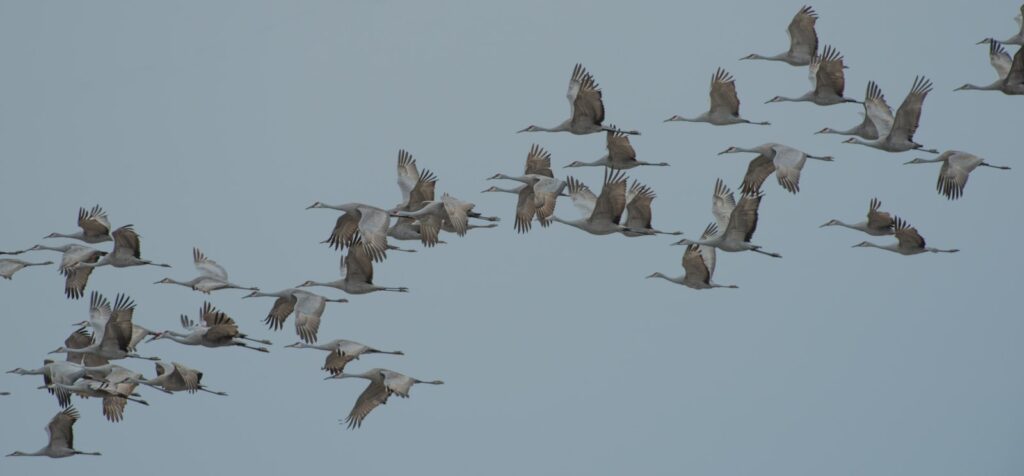
Competition for resources plays a significant role in the stay-or-go decision for many bird species. Resident birds gain a substantial advantage by maintaining year-round territories, allowing them first access to food sources and prime nesting locations when spring arrives. This territorial advantage explains why dominant individuals in partially migratory species often remain resident while subordinates migrate. Migratory birds, while surrendering this territorial advantage, benefit by accessing unexploited resource-rich breeding grounds upon their return. Some migratory species like Tree Swallows have developed fascinating compromise strategies, with males sometimes returning to breeding grounds weeks before females specifically to secure premium nesting sites before competitors arrive. The trade-offs between territorial advantages and seasonal resource access have shaped the diverse mixture of migratory and resident strategies we observe today.
Physiological Adaptations for Different Lifestyles
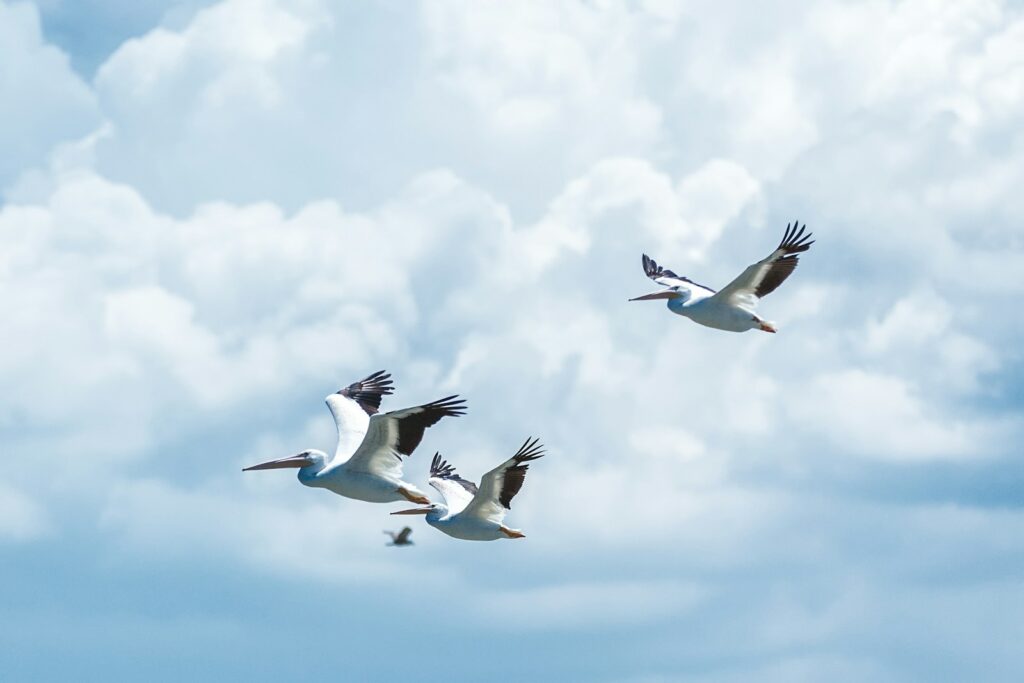
Migratory and resident birds have evolved dramatically different physiological adaptations suited to their distinctive lifestyles. Migratory species develop the ability to rapidly build and metabolize fat reserves, effectively creating an internal fuel tank for long journeys. Their bodies undergo remarkable seasonal changes, including flight muscle enlargement before migration and even temporary reduction of digestive organs to reduce weight during flight. Resident birds, especially in cold climates, instead invest in cold-tolerance adaptations like increased winter feather density, specialized fat distribution for insulation, and metabolic adjustments that allow them to survive freezing temperatures. Some non-migratory species like chickadees even develop enhanced spatial memory in winter to recall numerous food caching locations, with their hippocampus actually growing larger during this critical survival period. These contrasting physiological specializations reflect the profound evolutionary divergence between migratory and resident strategies.
The Impact of Human Activities on Migration Patterns
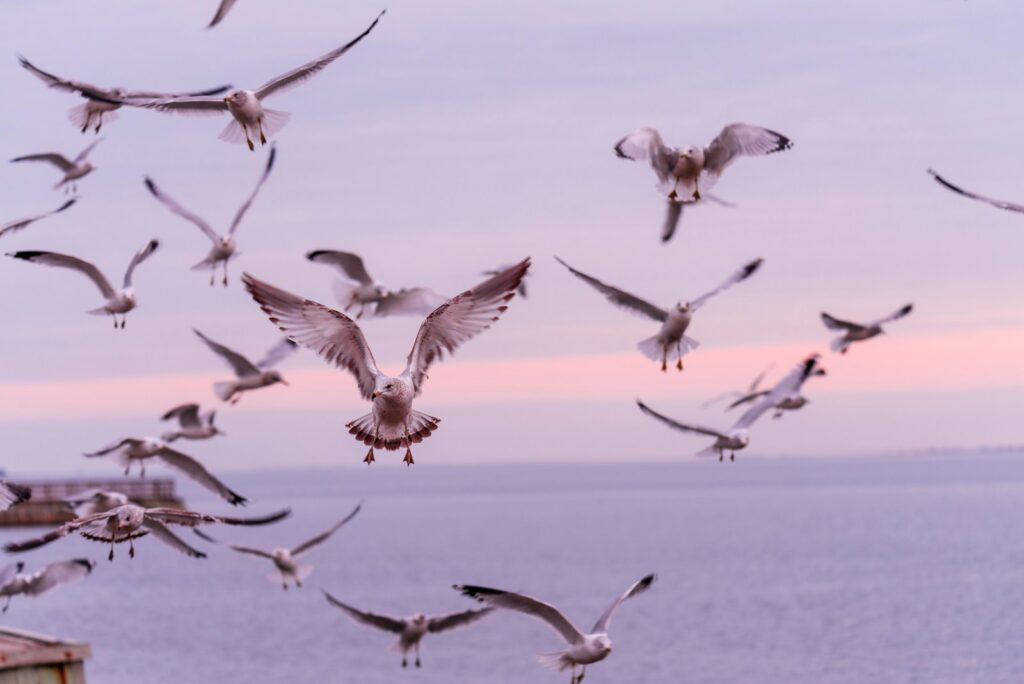
Human influences have dramatically altered the balance between migratory and resident bird behaviors in recent decades. Climate change is shifting the timing and necessity of migration, with some traditionally migratory species now shortening their journeys or remaining resident year-round in warming regions. Urbanization creates heat islands and reliable food sources like bird feeders that enable some formerly migratory species to overwinter successfully. Habitat fragmentation along migration routes has made the journey more perilous for many migrants, while simultaneously, some resident forest birds struggle with fragmented habitats that don’t provide adequate year-round resources. Light pollution disorienting night migrants and collisions with human structures kill millions of migratory birds annually. These anthropogenic pressures are rapidly changing the cost-benefit equation of migration, potentially altering evolutionary trajectories that developed over millions of years.
Conservation Implications of Different Movement Strategies
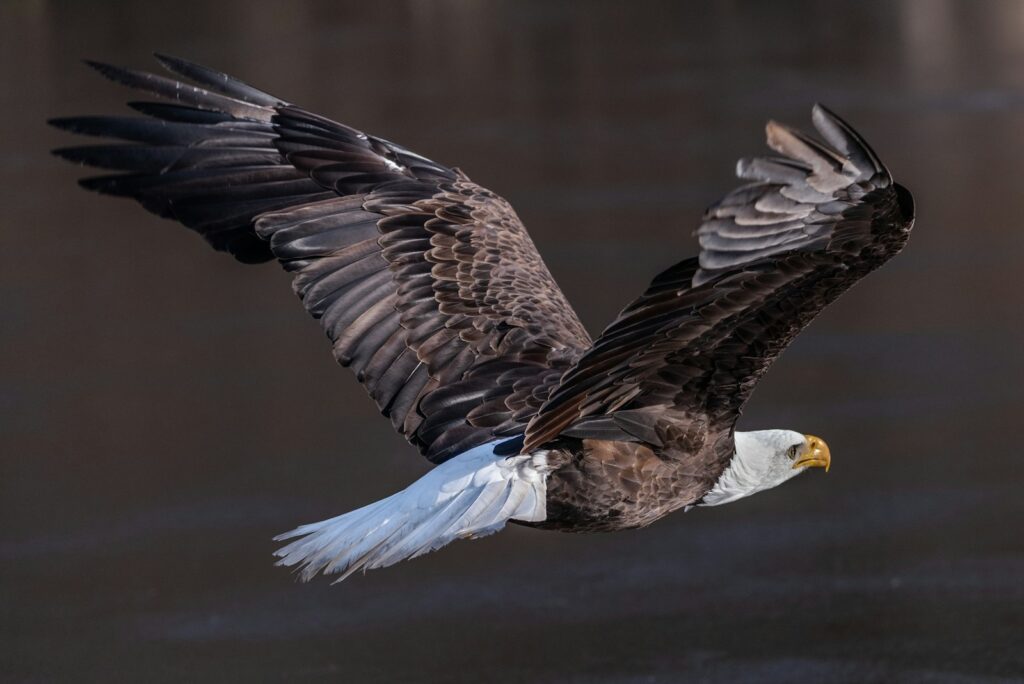
The distinct lifestyles of migratory and resident birds create fundamentally different conservation challenges. Migratory species require intact habitat chains spanning multiple countries and sometimes continents, making international cooperation essential for their protection. A breeding ground may be perfectly preserved, but if stopover sites or wintering grounds are degraded, populations will still decline. Resident species, while requiring less geographic scope of protection, often need larger individual territories with resources that support them through all seasons. Climate change poses asymmetrical threats, potentially creating mismatches between migrant arrival times and peak food availability at breeding grounds, while some resident species face new competition as former migrants become year-round residents. Understanding these diverse movement strategies and their evolutionary underpinnings has become critical for designing effective conservation approaches that can sustain both the spectacular phenomenon of bird migration and the persistent presence of our resident avian neighbors.
Conclusion
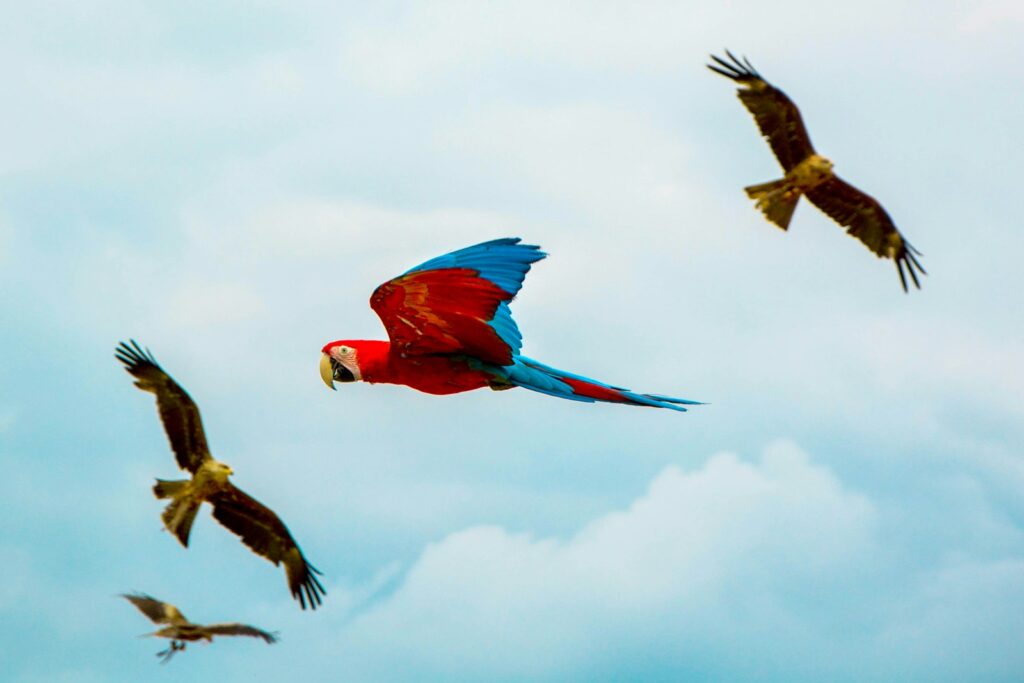
The remarkable diversity of bird movement strategies – from intercontinental migrants to steadfast residents – highlights nature’s ingenious solutions to the fundamental challenge of survival in a changing world. These different approaches represent not competing successes or failures, but alternative adaptations shaped by each species’ unique evolutionary history, physiological capabilities, and ecological context. As we continue to unravel the complex factors that influence whether a bird undertakes marathon migrations or remains in place, we gain deeper insight into the delicate balance of costs and benefits that drives all living systems. In our rapidly changing world, this understanding becomes increasingly vital, not just for appreciating the wonder of bird migration, but for ensuring that both the marathon travelers and the homebodies among birds can continue to thrive in our shared environment.
